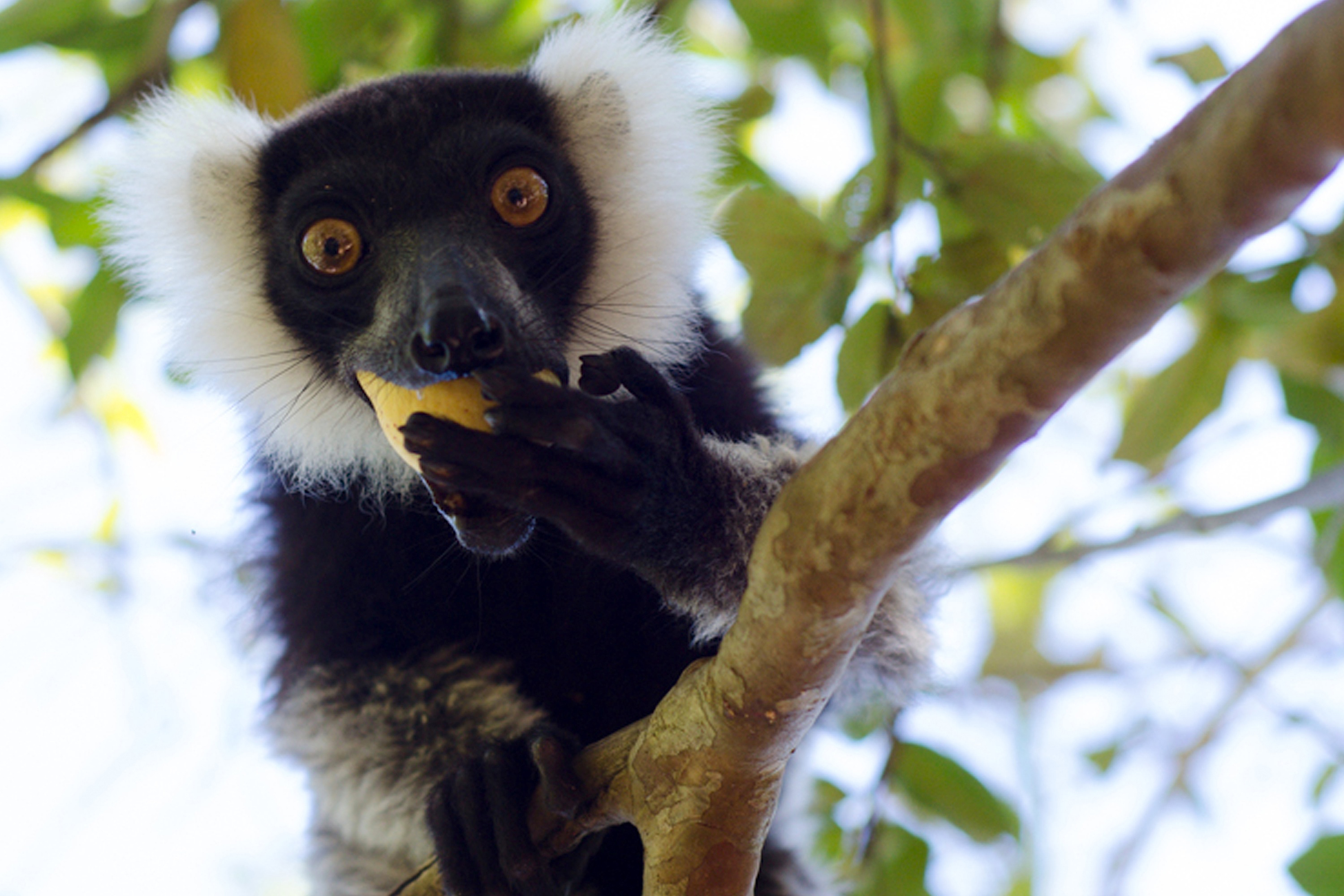If you enjoyed the comic, cuddly lemurs in the Madagascar movies—the cartoon ones who like to move it, move it—you might be interested to know that their real-world counterparts are the most likely mammals to go extinct next.
That’s according to an assessment of 50 global experts in primate conservation who recently gathered in the Madagascar capital of Antananarivo to review how the dozens of species of the island’s lemurs are faring. The news was not good: Of 111 lemur species, 105 were deemed to be critically endangered, endangered or vulnerable to extinction.
In other words, 1 in 20 lemur species are close, if not very close, to disappearing forever. That’s enough to make them the most endangered mammal on the planet, scientists say.
Lemurs are unique primates found only on the island of Madagascar that evolved independently from monkeys and apes. They represent about 20% of all primate species in the world.
“Lemurs are in danger of becoming extinct as the result of a variety of threats, including widespread destruction of their tropical forest habitats from slash-and-burn agriculture, illegal logging, charcoal production and mining,” a statement from the non-profit Global Wildlife Conservation said in announcing the assessment. “New data also indicate that hunting of these animals for food and live capture for pets has emerged as a serious threat.”
“This is, without a doubt, the highest percentage of threat for any large group of mammals and for any large group of vertebrates,” said Russ Mittermeier, who chairs a group studying primates for the International Union for Conservation of Nature. “This assessment not only highlights the very high extinction risk Madagascar’s unique lemurs face, but it is indicative of the grave threats to Madagascar biodiversity as a whole.”








